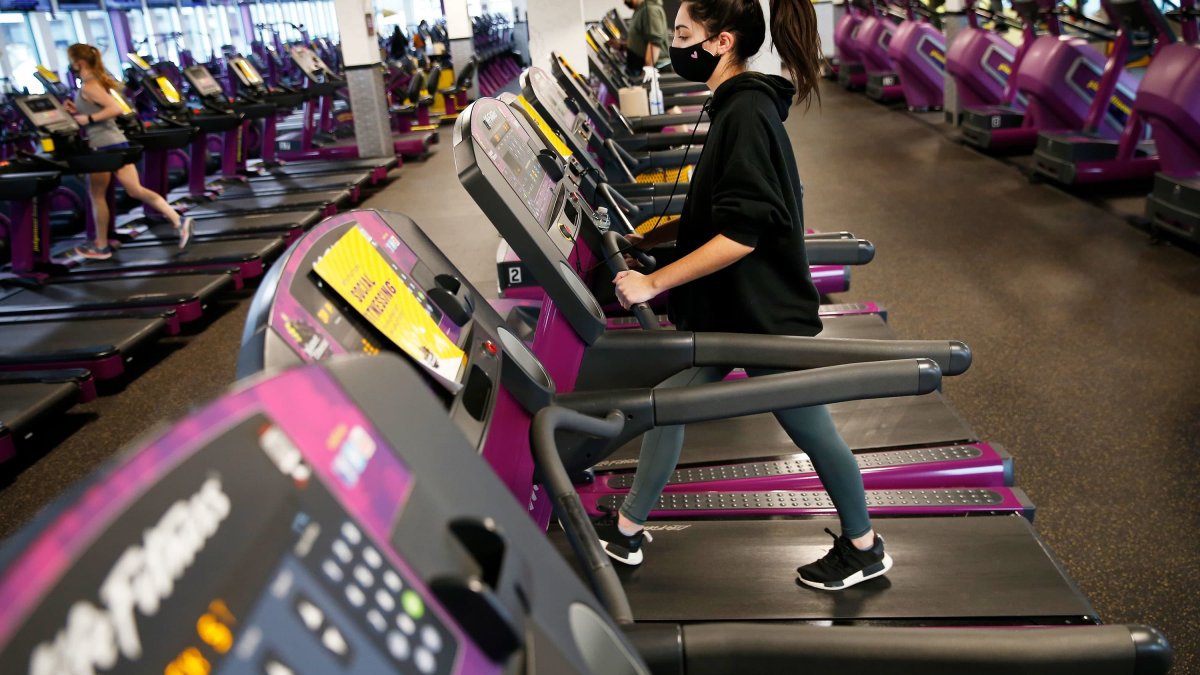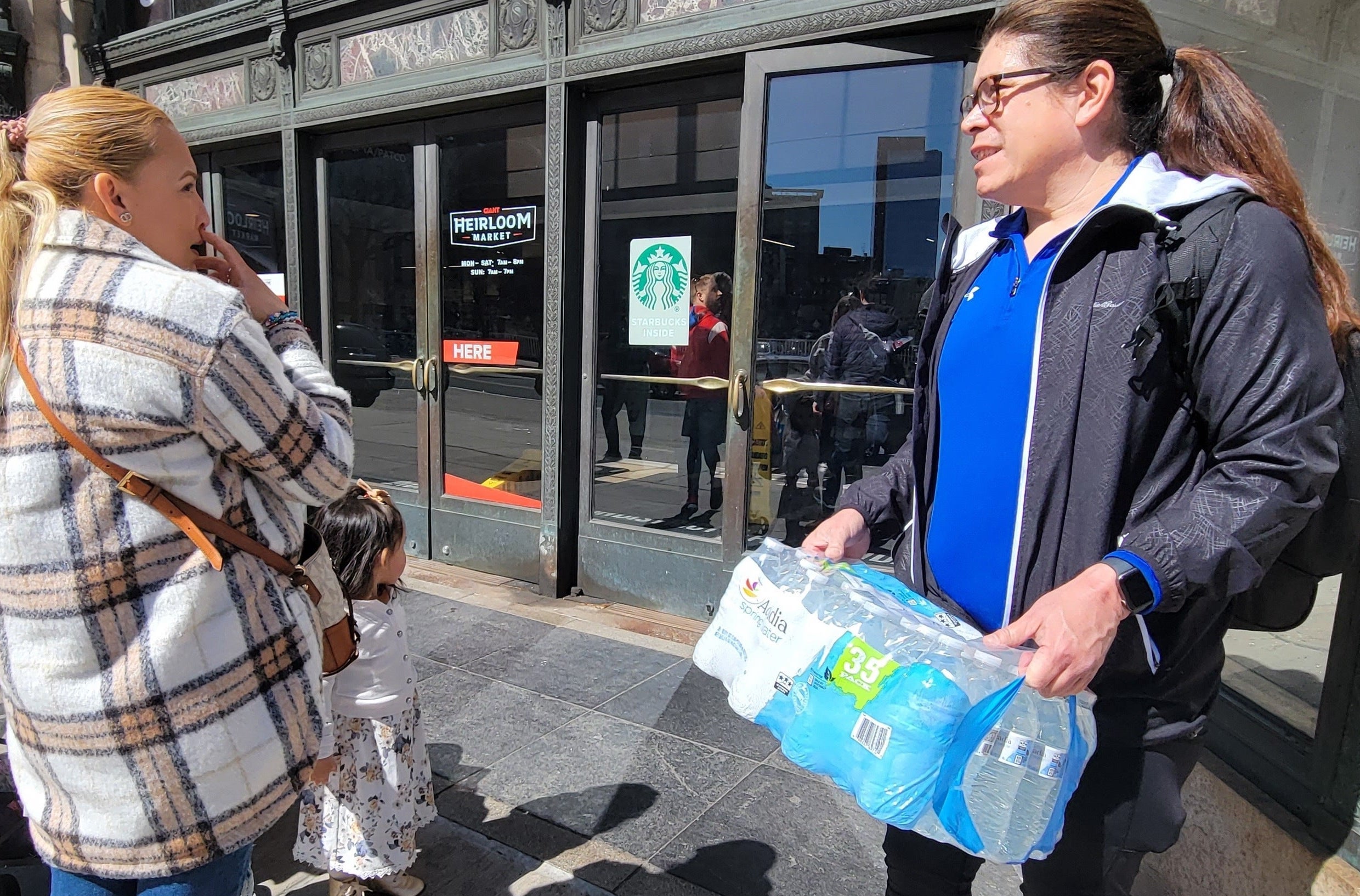Humankind has, over millennia, constructed a long and far-reaching list of reasons for not exercising, the majority of them pretty weak. My own are typically pathetic and nothing to be proud of, given my excess weight and poor levels of fitness: I’m tired, I don’t have the time, I don’t have the space at home and I don’t like people seeing me exercising.
At least two of these excuses would appear to be resolved by Pivot, a bed that magically transforms into a home gym, or a home gym that magically transforms into a bed, whichever you’d rather. If I’m honest I’m more seduced by the latter, but my conscience tells me that the former is better for me. So, with some trepidation, I lift the bed and mattress into an upright position against the wall. Thanks to a pair of gas struts, this task is surprisingly easy, and the mattress is held tidily in place by a pair of elastic straps. I then turn to face Pivot’s founders, Colin and Patricia Montgomery, with the kind of doleful look I deployed on games teachers when I was at school.

“Instantly, you’ve got your dedicated zone for exercise,” Colin says, brightly, pointing at the area that was under the bed but is now primed for action. Pivot’s modular system allows various add-ons to be securely bolted to (and unbolted from) the frame: dip bars, pull-up bars, a weights bench, storage for barbells and so on. “I used to do a lot of exercise in corporate gyms,” says Colin, “but when I started working from home or on client sites, I lost access to them, and I stopped exercising because I didn’t have any space at home. So I started developing the idea of a wall bed that I could attach apparatus to.”
That was around three years ago. Since then a successful crowdfunding campaign, some careful redesigns and a huge amount of stress testing has resulted in a finished product that, Colin says, goes way beyond the self-certified standards to which most multi-gyms adhere. “We’ve been very patient,” he says. “It’s all too common for startups to have their idea and say, ‘Yeah, we’re ready to go.’ And then they come into problems because they’re not ready. We delivered and assembled a lot of the first batch of Pivots ourselves, because we wanted to make sure everything was working as it should.”

The Pivot costs from £2,999 for the base model to £5,179 for “The Full Monty” and takes about three hours to put together, a flat-pack operation involving hefty bolts and Allen keys. It’s a serious piece of kit, a world away from the exercise equipment that people buy cheaply on impulse, leave to gather dust and ultimately throw into a skip. Pivot is mighty, but Colin and Patricia are at pains to correct a common misconception that it’s too heavy to install on an upstairs floor. “Everything here is what, 230kg in total?” says Colin. “It’s no different to having a small gathering of people in a room,” says Patricia, “but for some reason people imagine it plunging through the ceiling.” (It won’t.)


The typical Pivot customer is hard to pin down, according to Patricia. “We have many senior people who enjoy the easy access,” she says. “There are a lot of women who are ditching cardio for weight training – the whole Muscle Mums, Ladies Who Lift movements. And of course there are people who don’t want to go to the gym because they don’t want to be looked at.” I certainly count myself among those people, but I can see how Pivot could appeal to dedicated gym freaks as well as someone like me. It’s ultimately about creating space in your home for a serious piece of exercise kit without needing a dedicated room for it.

Having said that, it’s pretty clear that its natural home is a guest room rather than a master bedroom; while it may be easy to fold up and down, it’s not something you’d really want to be doing twice a day. Flipping the bed up creates around 30sq ft of space, and this can also provide a semi-permanent home for third-party fitness products such as a rowing machine or turbo trainer, which I’m encouraged to try out. I’ll spare you the full account of how I had to lift weights, row and cycle in front of two fitness experts and a photographer, but I was surprised to feel my natural antipathy towards exercising fading away a little.
My natural enthusiasm for lying down, however, remained undiminished. “Instead of slats we use birch-core plywood panels, which provide perfect support,” says Colin. “There’s no point in producing a bed that no one wants to sleep on!” Or, indeed, exercise equipment that no one wants to use. Pivot, however, has nimbly and elegantly avoided both pitfalls.





























